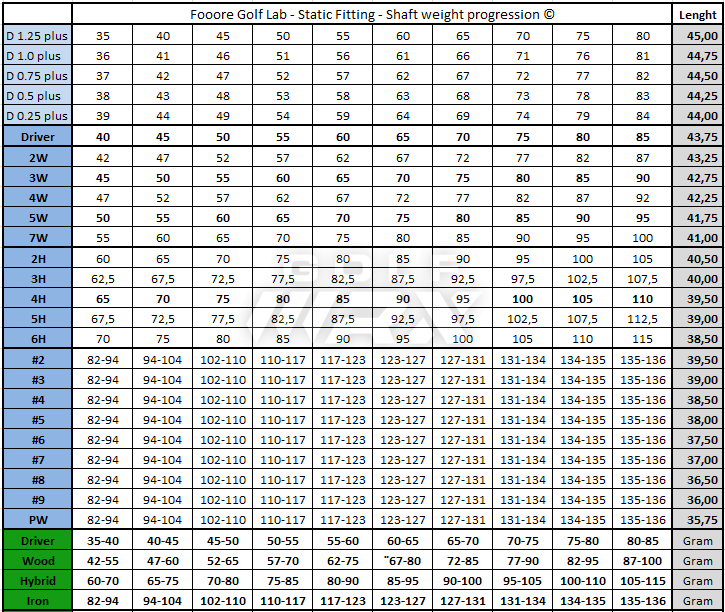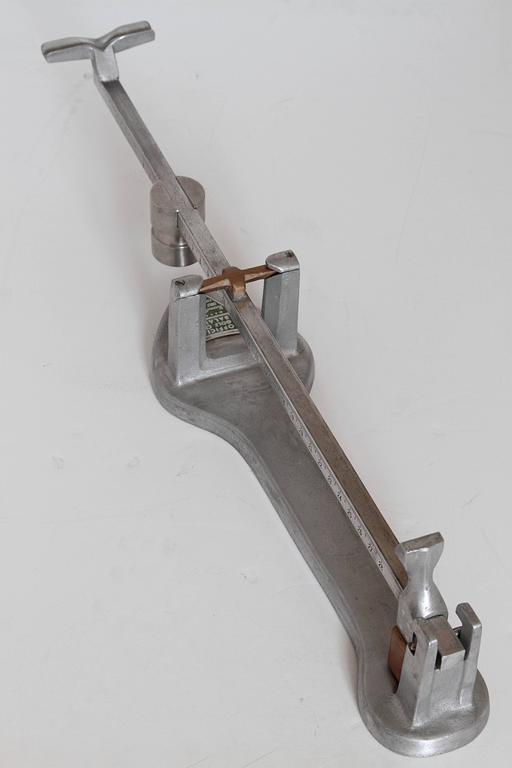



C8, D1, D4 are examples of the letter/number designation which have been used to label the swingweight of golf clubs. Changing the shaft length by 1/2 inch or choking down on the club 1/2 inch changes the value by 3 points.One of the very first technical points a golfer learns about his equipment is the letter + number designation which describes the SWINGWEIGHT of the clubs. The length of the club also has an impact. Attaching lead tape or removing material from the club head, using a different weight shaft or changing the grip size all have affect swing weight. AdjustmentĪdding or subtracting weight to the club anywhere except at the fulcrum point changes a club’s swing weight. The correct swing weight is one that is light enough for the player to achieve enough club head speed for proper distance and ball flight but heavy enough to transfer sufficient energy to the ball and keep the club on track in the downswing. Stronger players should use higher swing weights, and weaker ones require clubs with lower values. Few players would even notice such a small change. 07 oz.Īt the club head, about the weight of a penny. One point on the scale is equivalent to a weight difference of. Most men’s clubs fall in the range of C9 to D8, with D2 being the standard, and ladies' clubs are usually between C4 and D0. There are six ranges, from A through F, and each has 10 values, numbered 0 through 9.Ī0 is the lightest, and F9 is the heaviest. Swing weights use a letter-and-number combination that represents the range and the specific reading. The balance may read directly in swing weight, or it may require a chart to convert its readings to swing weight. MeasurementĬlub makers measure swing weight with a special balance that positions the club at the correct fulcrum point and determines the amount of weight required to counterbalance the overhanging portion of the club. Moment of inertia is the resistance of an object to rotation, just as mass is its resistance to linear motion.

The value relates to the moment of inertia of the club at a fulcrum point, near the grip end of the club.


 0 kommentar(er)
0 kommentar(er)
